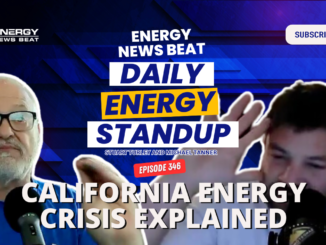
ENB Pub Note: We recommend you subscribe and support the Energy Bad Boys Substack. I have interviewed Isaac Orr and Mitch Rolling and am looking forward to more conversations with them. Original article: HERE
Wind advocates are prone to dismissing concerns about the intermittency of their preferred generation source by claiming, without evidence, that the wind is “always blowing somewhere” and building more transmission will fix the inherent problems with variable generation.
The video below, a Facebook ad titled “AWEA Transmission” from the American Wind Energy Association (AWEA), is a perfect example of this type of handwavery.
However, the data clearly demonstrates the wind isn’t always blowing somewhere. Sometimes, wind turbines shut down over large swathes of the country because it is too cold for them to operate, sometimes they ice up, and sometimes, widespread “wind droughts” occur when the wind just isn’t blowing very hard.
These wind droughts don’t just occur during extreme weather events. Wind droughts can happen at any time and are fairly common.
As regions of the country become more reliant upon wind turbines producing electricity during periods of high demand, they become more prone to electricity shortages during these wind droughts. This situation leads us into the realm of gambling on the weather to ensure the reliability of the electric grid.
We call this Dirty Harry Energy Policy™, harkening back to one of the most famous scenes in movie history, begging the question, “Do you feel lucky?” Well, do ya, punk?
Wind Drought
One of the most severe wind droughts we have found in our research occurred in the Midcontinent Independent Systems Operator (MISO) region in January 2020.
As we noted in our 2022 report, the region experienced an 82-hour wind drought during which all of the installed wind capacity on the 15-state MISO grid—22,040 megawatts (MW)—generated less than 10 percent of its potential output during this timeframe. Of those 82 hours, 42 straight hours saw wind capacity factors below 1.5 percent, which you can see in the graph below.
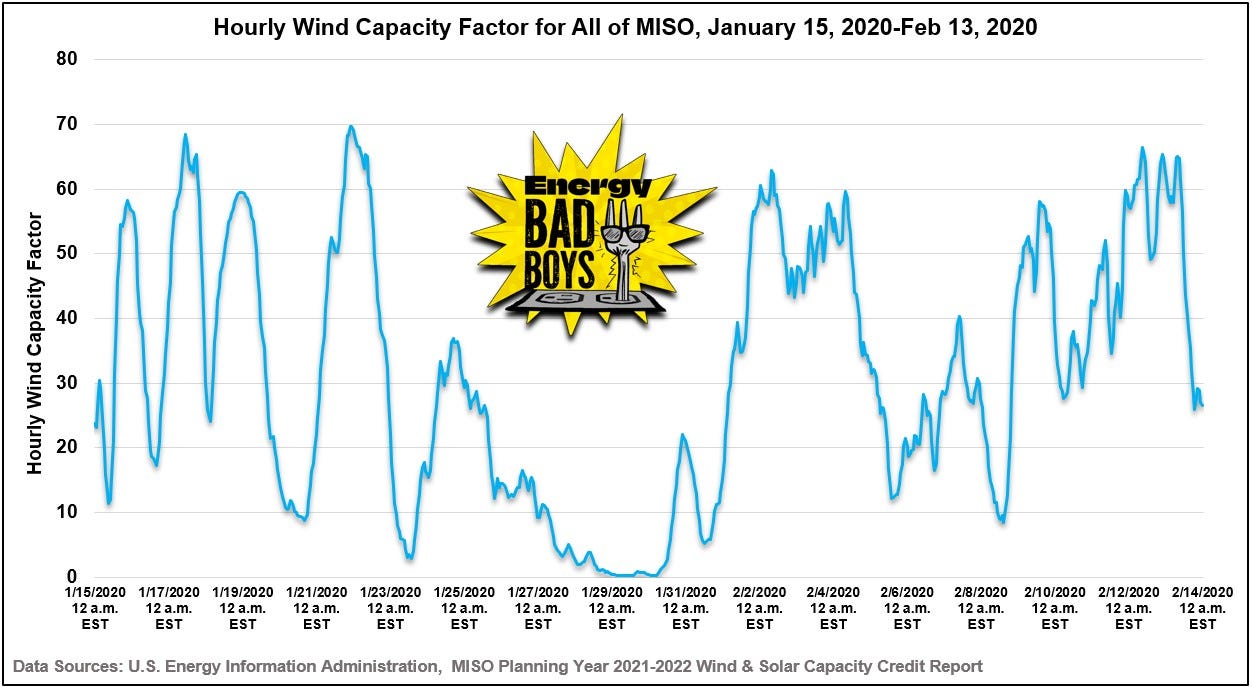
As the wind died down, natural gas and coal generation stepped into the breach to keep the lights on, rising to the occasion when needed and reducing output when wind generation recovered.
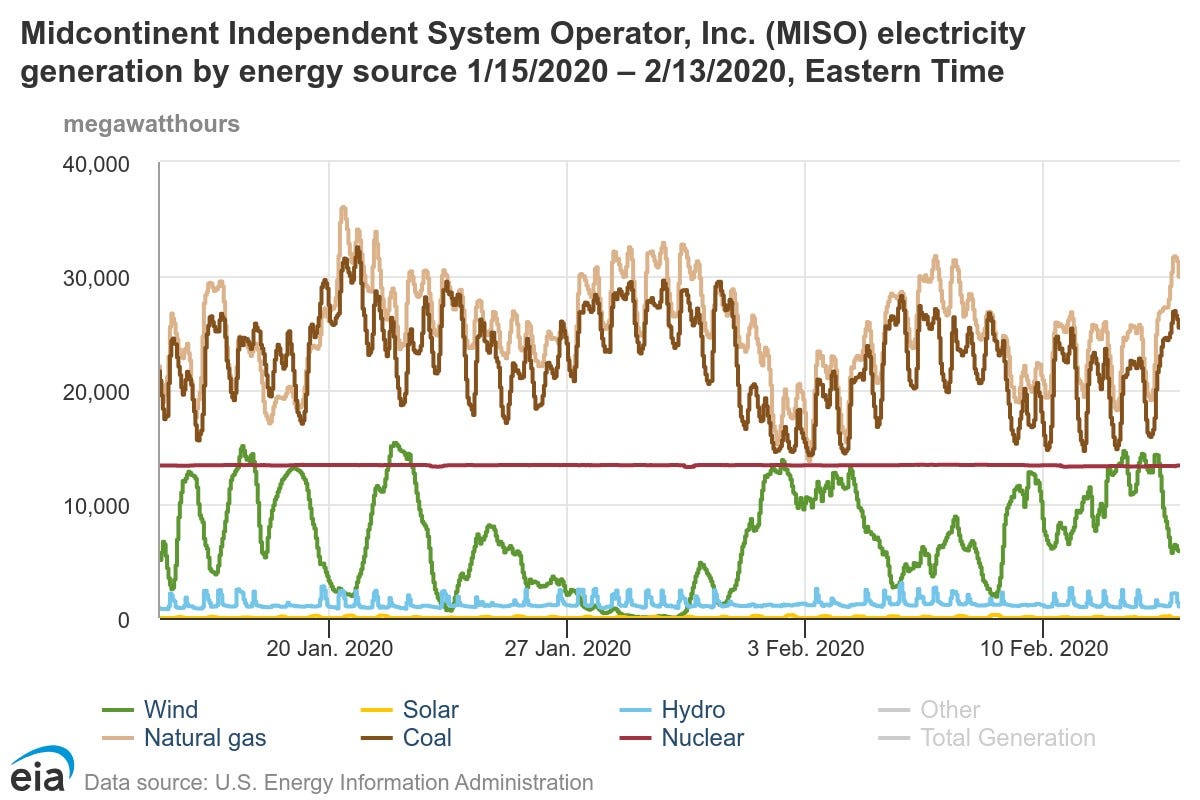
Expanding the geographic focus of our analysis to include the wind-rich Southwest Power Pool (SPP) highlights the limits of the “wind is always blowing somewhere” talking points. The graph below shows the hourly capacity factors of wind in MISO and SPP for this same period.
Wind performs much better in SPP than MISO. However, there is still a 31-hour stretch in SPP when wind production fluctuates between a 13.5 percent and 7 percent capacity factor during the period when wind generation in MISO was lowest.
The graph below shows the hourly capacity factor for MISO and SPP and the capacity-weighted average of the two. Taking the capacity weighted average of the wind in these two RTOs still produces a 34-hour period where the wind is operating at less than a 10 percent capacity factor, hitting 3.8 percent at 6 a.m. on January 30th.

Again, coal and natural gas generation increased as the wind died down and scaled back generation when windier conditions returned.
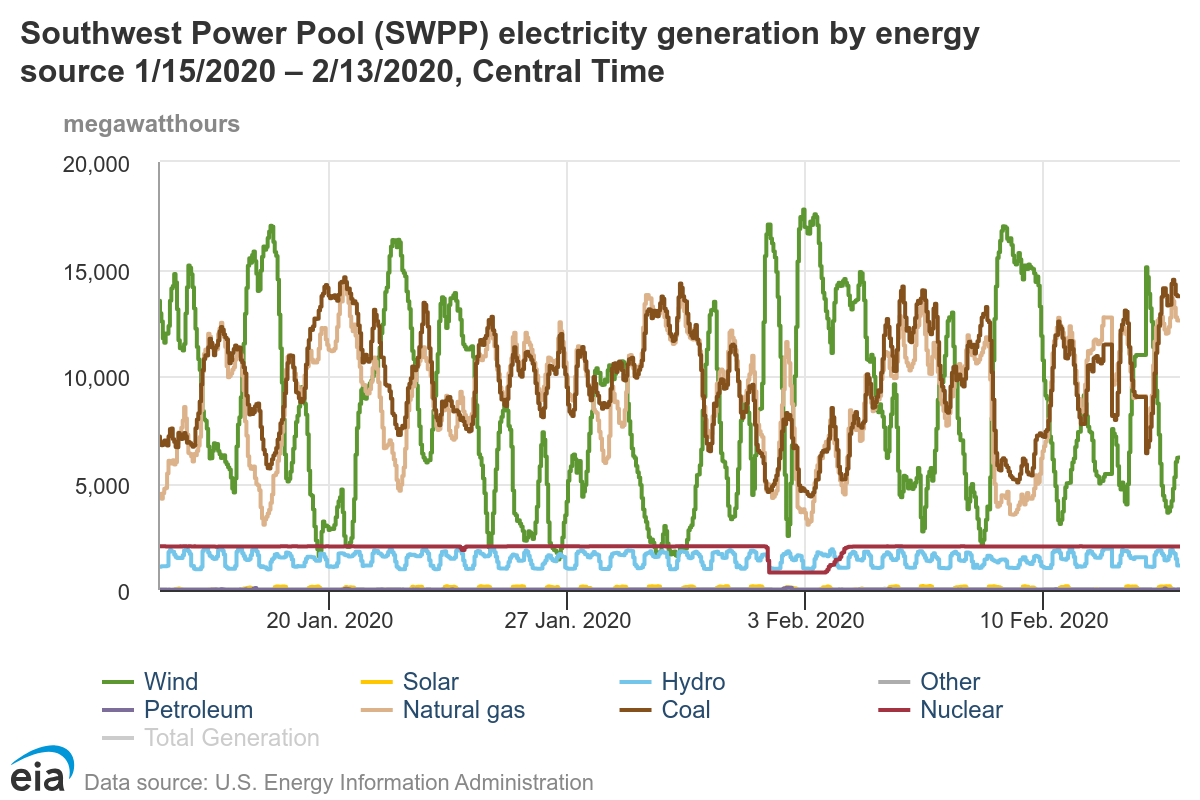
This system works well enough, for now, albeit at an additional cost for maintaining redundant capacity, but what happens when there is no longer enough coal and natural gas capacity on the system to meet demand?
Blackout
A case in point is the Environmental Protection Agency’s proposed regulations on carbon dioxide emissions from new and existing coal and natural gas plants, which were released last summer.
As we wrote in our first piece on Substack, Enjoy the Blackouts, Jack, which was based on our reliability modeling of the proposed rules, the EPA believes the subsidies in the Inflation Reduction Act (IRA) and its proposed rules will induce a massive transformation on the MISO grid.
The graph below, created from data in the EPA’s Regulatory Impact Assessment output files, compares the MISO grid in 2021 to the MISO grid that the EPA believes will exist from 2028 through 2055. It also shows the projected peak demand in the region over this time.

The EPA assumes a nearly 2.5-fold increase in the amount of installed capacity to meet the modest increase in demand. The increase is driven primarily by more wind turbines, solar panels, and battery storage facilities to replace the coal and nuclear fleet.
As you can see, there is not enough thermal capacity on the grid to meet future peak demand. This leaves the MISO region dangerously dependent on the whims of the weather to maintain grid reliability because wind and solar will need to show up in some capacity to meet peak demand, prompting the question: Do you feel lucky?
You shouldn’t.
To stress-test the EPA’s grid, we conducted a reliability analysis by comparing the EPA’s modeled MISO generation portfolio to the historic hourly electricity demand and hourly capacity factors for wind and solar in 2019, 2020, 2021, and 2022. We found that EPA’s grid would be unable to keep the lights on for all hours of the model run.
Some of the largest blackouts in our modeling, shown in red below, occur during the 82-hour wind drought we discussed above, as the batteries on the system are fully drained and unable to recharge due to the lack of wind and low solar output.
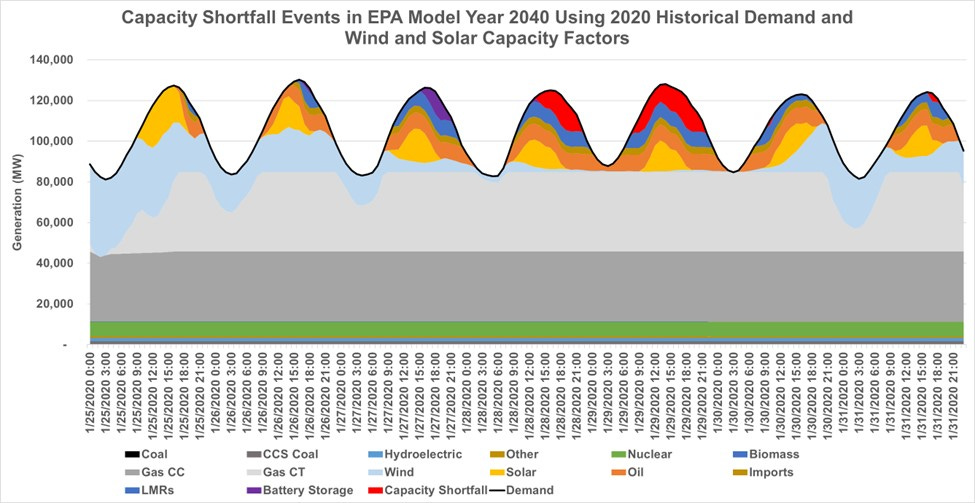
Furthermore, as we demonstrated above, regional grids won’t be able to rely on neighboring Regional Transmission Organisations (RTOs) for wind power because spending billions of dollars building new transmission lines can’t make the wind blow.
Conclusion
The wind isn’t always blowing somewhere. Any system that relies on wind and solar to meet demand will face this reality head-on and risk its reliability. While sometimes the wind will perform well during times of stress, as it did in MISO during Winter Storm Elliot, other times it won’t show up at all.
Dirty Harry is a fun movie, but it will not be fun energy policy when the grid faces widespread blackouts due to a lack of wind production.
- Like this piece for good ol’ Harry Callahan.
- Share this piece, or he will find you;
- Subscribe if you enjoyed this piece, and consider recommending us on your Substack to help us grow!
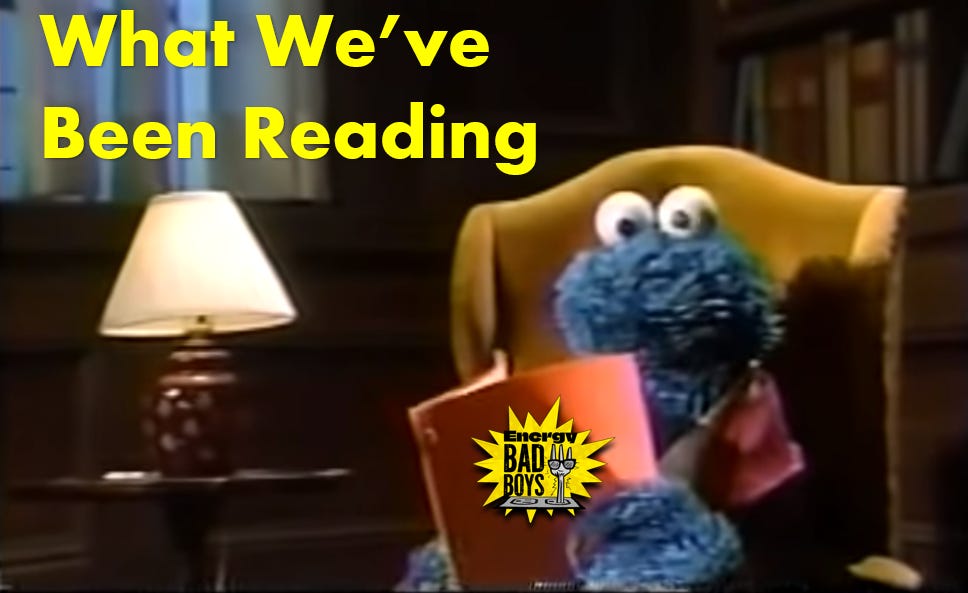
Wind/Solar/Alt-Energy Subsidies To Cost Federal Taxpayers $425 Billion Between Now And 2033 by
: Robert writes another banger about the massive subsidies that will accrue to wind and solar as a result of the Inflation Reduction Act and how these swamp the subsidies for conventional energy resources.
Deep Dive: Who’s Afraid of SPP? by
: Wind and solar folks are big mad that SPP doesn’t think weather-dependent generators are as reliable as thermal generators.
SPP capacity accreditation plan disadvantages clean power, threatens reliability, ACP, others say by Utility Dive: More of the same from above.

